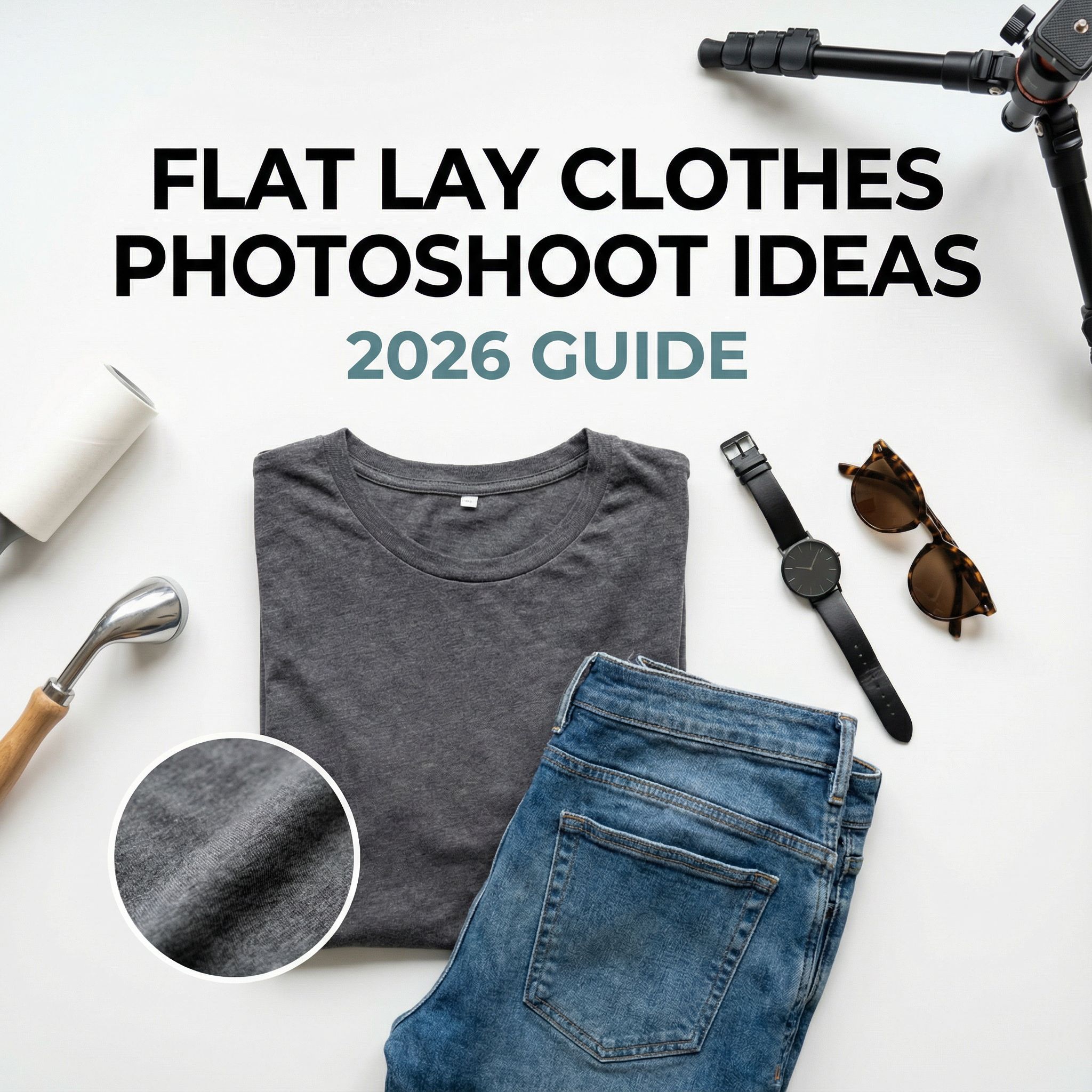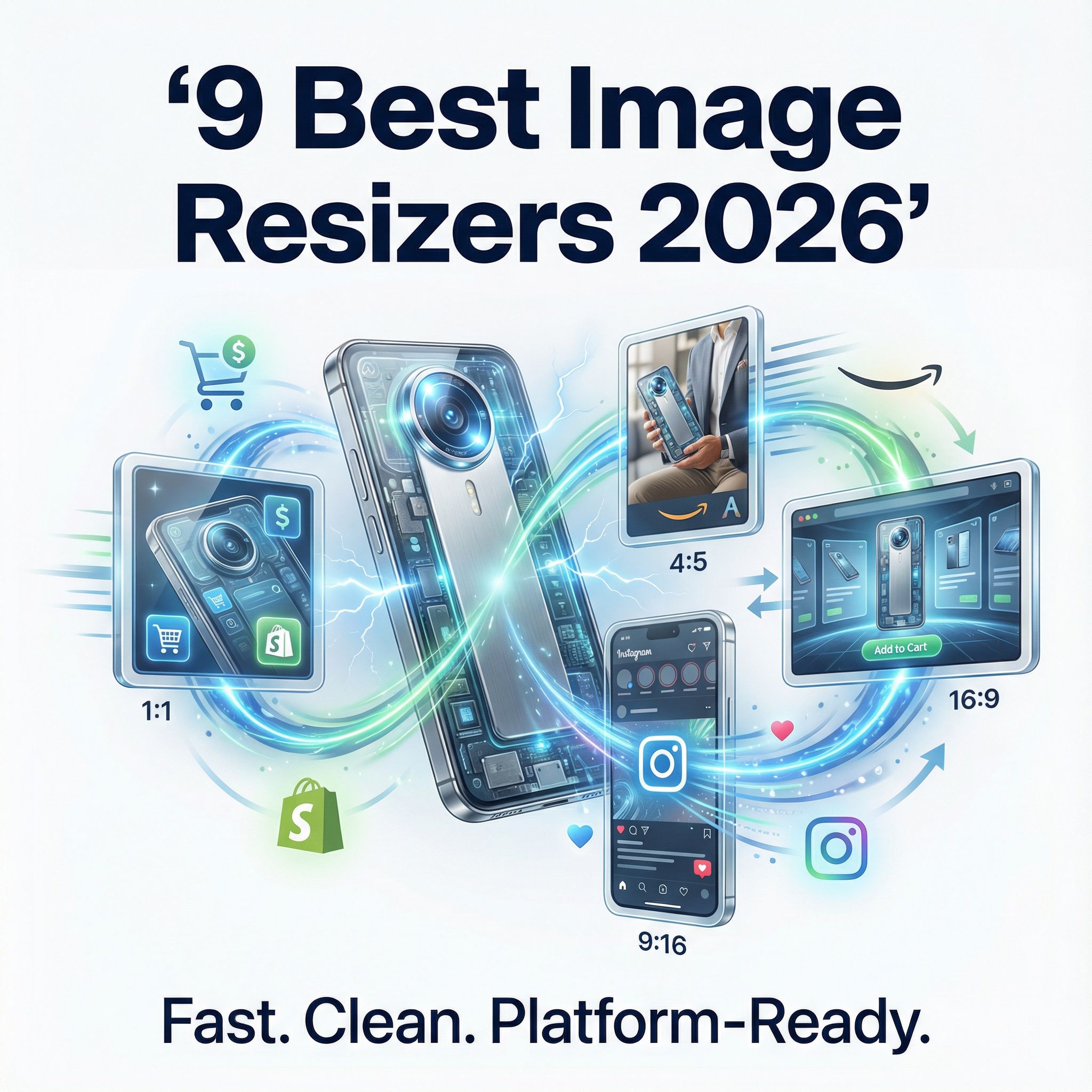Poshmark vs thredUP: The Complete Guide to Choosing the Right Secondhand Fashion Platform
The secondhand fashion market has experienced explosive growth, with platforms like **Poshmark** and **thredUP** leading the charge in sustainable fashion retail. Understanding the differences between **Poshmark** and **thredUP** is crucial for both sellers looking to declutter their closets profitably and buyers seeking quality pre-owned fashion at competitive prices.
While both **Poshmark** and **thredUP** facilitate secondhand clothing transactions, their approaches, target markets, and user experiences differ significantly. This comprehensive analysis will help you determine which platform aligns better with your needs, whether you're a fashion enthusiast looking to buy or sell.
Platform Overview: Understanding Poshmark vs thredUP Business Models
Poshmark: The Social Marketplace
**Poshmark** operates as a social marketplace where individual sellers create their own "closets" and interact directly with buyers. The platform emphasizes community engagement, styling, and personal branding, making it more than just a transactional marketplace.
Key features of **Poshmark** include:
- Direct seller-to-buyer transactions
- Social media-style sharing and following
- Live shopping events called "Posh Parties"
- Seller responsibility for listing creation and management
- Negotiation capabilities through offers and bundles
thredUP: The Consignment Revolution
**thredUP** functions more like traditional retail, operating as a consignment service where the company handles inventory, photography, listing, and shipping. Sellers send their items to thredUP, which then processes and sells approved pieces.
Key features of **thredUP** include:
- Professional item processing and photography
- Standardized product listings
- Curated shopping experience
- Quality authentication and grading
- Predictable pricing structure
Selling Experience: Poshmark vs thredUP for Closet Cleanouts
Listing and Management Process
The selling process differs dramatically between **Poshmark** and **thredUP**. On **Poshmark**, sellers photograph their own items, write descriptions, set prices, and manage all customer interactions. This hands-on approach allows for creative control but requires significant time investment.
**thredUP** simplifies the process by handling all listing responsibilities. Sellers simply order a Clean Out Kit, fill it with items, and ship it back. While this reduces effort, it also means less control over pricing and presentation.
Profit Potential and Commission Structure
When comparing **Poshmark** and **thredUP** earning potential, **Poshmark** generally offers higher profit margins since sellers set their own prices and keep 80% of sales over $15. However, success requires active participation in the community and effective marketing of listings.
**thredUP** offers lower but more predictable earnings, with consignment percentages varying based on item value and brand. While individual payouts may be smaller, the passive nature of the process appeals to sellers prioritizing convenience over maximum profit.
Shopping Experience: Buyer Perspectives on Poshmark vs thredUP
Inventory and Brand Selection
Both **Poshmark** and **thredUP** offer extensive brand selections, but their curation approaches differ. **Poshmark** relies on individual sellers, creating a more eclectic mix that includes everything from fast fashion to luxury designers. The variety can be exciting but sometimes overwhelming.
**thredUP** maintains more consistent quality standards through professional authentication and grading. Their inventory tends to focus on mainstream brands with reliable sizing and condition information, making it easier for buyers to shop with confidence.
Pricing and Value Proposition
Price points on **Poshmark** vs **thredUP** reflect their different operational models. **Poshmark** prices often vary widely since individual sellers set their own rates, creating opportunities for both bargains and premium-priced items. The negotiation feature allows buyers to make offers.
**thredUP** maintains more standardized pricing based on brand, condition, and retail value. While prices may be less negotiable, buyers can expect consistent value and regular sales events that make quality pieces more accessible.
User Demographics and Target Markets
Age and Shopping Preferences
The user base differences between **Poshmark** and **thredUP** reflect varying shopping preferences and demographics. **Poshmark** attracts fashion enthusiasts who enjoy the social aspects of buying and selling, often including younger millennials and Gen X users who appreciate personal interaction.
**thredUP** appeals more to busy professionals and parents who prioritize convenience and reliability over social interaction. Their streamlined shopping experience attracts users who want quality secondhand fashion without the complexity of negotiating with individual sellers.
Geographic and Market Reach
Both **Poshmark** and **thredUP** operate primarily in US and Canadian markets, though **thredUP** has expanded more aggressively into physical retail partnerships. **Poshmark** maintains stronger community engagement through location-based features and local meetups.
Quality Control and Authentication
Item Condition and Accuracy
Quality control approaches differ significantly between **Poshmark** and **thredUP**. **Poshmark** relies on seller honesty and buyer protection policies, with dispute resolution handling cases where items don't match descriptions. While this creates some uncertainty, it also allows for more unique finds.
**thredUP** implements systematic quality control with professional inspection and grading of all items. Their standardized condition descriptions and photography provide buyers with reliable expectations, reducing the likelihood of disappointment.
Return Policies and Buyer Protection
Return policies represent another key difference in the **Poshmark** vs **thredUP** comparison. **Poshmark** offers a 3-day return window for items that don't match their description, though the definition can be subjective. The platform mediates disputes between buyers and sellers.
**thredUP** provides a more traditional retail return policy, allowing returns within 14 days for any reason. This buyer-friendly approach reflects their positioning as a legitimate retail alternative rather than a peer-to-peer marketplace.
Technology and User Experience
Mobile App and Website Functionality
Both **Poshmark** and **thredUP** prioritize mobile-first experiences, but their app designs reflect their different philosophies. **Poshmark**'s app emphasizes social features with feeds, sharing capabilities, and live shopping events that encourage community engagement.
**thredUP**'s app functions more like traditional e-commerce platforms with sophisticated filtering, search capabilities, and personalized recommendations. The shopping experience prioritizes efficiency and discovery over social interaction.
Search and Discovery Features
Finding specific items differs between **Poshmark** and **thredUP** due to their structural differences. **Poshmark** search relies on seller-generated titles and descriptions, which can be inconsistent but sometimes yields unexpected discoveries through creative tagging.
**thredUP** offers more standardized search with professional categorization, size filtering, and brand verification. Their algorithm-driven recommendations and curated collections make it easier to discover new brands and styles within specific preferences.
Shipping and Customer Service
Shipping Speed and Costs
Shipping experiences vary between **Poshmark** and **thredUP** due to their different fulfillment models. **Poshmark** shipping depends on individual seller responsiveness, typically taking 1-3 business days for seller processing plus standard shipping time. The platform provides prepaid labels for consistency.
**thredUP** controls their entire fulfillment process, typically shipping within 1-2 business days from their warehouses. Their operational efficiency often results in faster, more predictable delivery times, though shipping costs may be higher for smaller orders.
Customer Support Quality
Customer service approaches reflect each platform's business model. **Poshmark** customer service primarily handles disputes between buyers and sellers, platform technical issues, and policy clarification. Response times can vary during high-volume periods.
**thredUP** provides more comprehensive customer service covering everything from returns to sizing questions, similar to traditional retailers. Their customer service tends to be more responsive since they control the entire transaction process.
Sustainability and Environmental Impact
Fashion Circularity Goals
Both **Poshmark** and **thredUP** contribute to sustainable fashion by extending garment lifecycles, but their approaches differ. **Poshmark**'s peer-to-peer model encourages individual participation in circular fashion, making sustainability accessible to anyone with unwanted clothing.
**thredUP** positions itself more explicitly as an environmental solution, providing detailed impact data and partnering with brands on take-back programs. Their systematic approach to processing and reselling creates efficiency in the circular fashion system.
Waste Reduction Strategies
Waste management differs between **Poshmark** and **thredUP** models. **Poshmark** reduces waste by enabling direct consumer-to-consumer sales, avoiding the need for professional processing and potentially saving items that might not meet commercial resale standards.
**thredUP** handles unsellable items through donation and recycling programs, though their selectivity means some items sent to them don't qualify for resale. Their systematic approach allows for better tracking and reporting of environmental impact.
Professional Visual Content for Both Platforms
Whether you choose **Poshmark** or **thredUP** for selling, high-quality product photography is essential for success. **Poshmark** sellers particularly benefit from professional-looking images since they compete directly with other listings for buyer attention.
Consider leveraging AI-powered product photography to create compelling visuals that help your items stand out. Professional photography techniques can significantly impact sale success on both platforms, and background removal tools can help create clean, marketplace-ready images regardless of which platform you choose.
Making Your Choice: Poshmark vs thredUP Decision Framework
For Sellers: Evaluating Your Priorities
Choosing between **Poshmark** and **thredUP** for selling depends on your priorities, time availability, and selling volume. **Poshmark** suits sellers who enjoy the social aspects of fashion, have time to manage listings and customer relationships, and want maximum control over pricing and presentation.
**thredUP** appeals to sellers prioritizing convenience and passive income over maximum profits. It's ideal for busy individuals with quality clothing who prefer to outsource the selling process entirely.
For Buyers: Shopping Style Preferences
Buyers should consider their shopping preferences when choosing between **Poshmark** and **thredUP**. **Poshmark** offers a treasure hunt experience with unique finds, negotiation opportunities, and personal interaction with sellers.
**thredUP** provides a more traditional retail experience with consistent quality, standardized sizing information, and reliable customer service. It's better suited for buyers who prefer predictable shopping experiences.
Future Trends and Platform Evolution
The **Poshmark** vs **thredUP** landscape continues evolving as both platforms adapt to changing consumer preferences and market conditions. **Poshmark** has expanded into home goods and men's fashion while maintaining its social marketplace core.
**thredUP** continues developing technology solutions for brands and retailers while expanding internationally. Both platforms face increasing competition from newer secondhand marketplaces and traditional retailers entering the resale space.
Conclusion: Choosing the Right Platform
The choice between **Poshmark** and **thredUP** ultimately depends on your individual needs, preferences, and goals. **Poshmark** excels for users who enjoy social interaction, negotiation, and maximum control over their buying or selling experience. **thredUP** serves those prioritizing convenience, reliability, and a traditional retail-like experience.
Both platforms contribute significantly to sustainable fashion by facilitating secondhand clothing transactions, though through different approaches. Consider trying both platforms to experience their unique benefits firsthand – many successful secondhand fashion enthusiasts use both **Poshmark** and **thredUP** to maximize their buying and selling opportunities.
Ready to elevate your secondhand fashion photography for better sales results? Discover how ProductAI can help you create stunning product images that perform well on both **Poshmark** and **thredUP**, giving your listings the professional edge they need to attract buyers and drive sales in the competitive secondhand fashion market.




